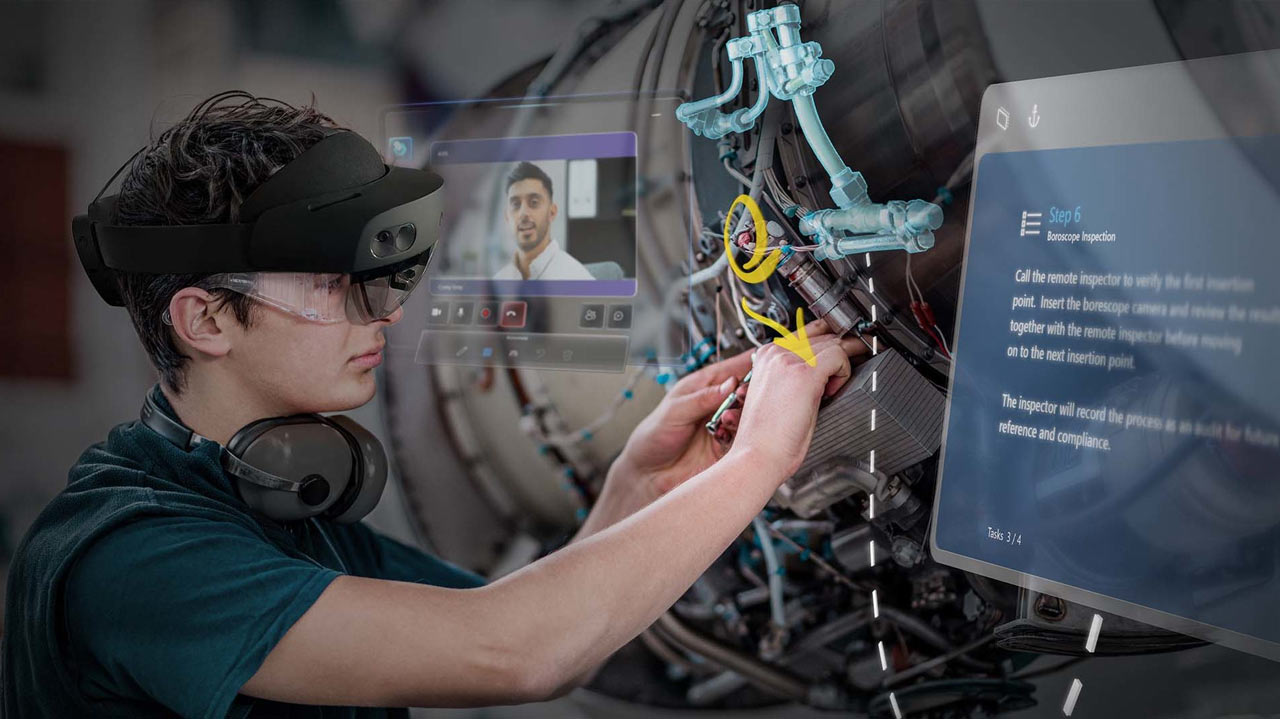
Microsoft's Firings Indicate It Has Abandoned XR Ambitions
We got official confirmation regarding Microsoft’s plans for 10,000 layoffs just ahead of the weekend. The job cuts were significant, even for an employer the size of Microsoft, with the numbers representing nearly 5% of its entire workforce, or one job in twenty. As we still reel from the news, social media posts (opens in new tab) by ex-employees have started to paint a clear picture of the business areas where Microsoft felt it could shed entire teams of workers. Some will be surprised to learn that teams behind projects like HoloLens, AltSpaceVR, and MRTK (Mixed Reality Tool Kit) have been culled in their entirety.
We don’t need to ponder more over the scale of the layoffs at Microsoft, as it joined the likes of Google, Facebook, Amazon and others in taking this route for shareholder appeasement in the current downturn. Instead, it is interesting to focus on Microsoft’s staff-cutting incisions.
In our headline we use XR as a catch-all for virtual, augmented, mixed, and extended reality. Even in his most recent keynotes and appearances, Microsoft CEO Satya Nadella has been keen to emphasize the importance of the ‘metaverse’ to the IT industry, as well as consumer and work lives in the coming era. So, we wonder why this part of Microsoft’s business has been so drastically pruned.
With regards to HoloLens, we know it has already been refocused and scaled back a number of times. Its chief architect Alex Kipman left a few months ago in a cloud of controversy. Perhaps a bigger impact has been the reported issues with HoloLens in US military trials, meaning it might not get funding to progress, and thus become another project test without any future.

The entire team behind MRTK is also gone. MRTK was an open-source project designed to accelerate cross-platform MR development. This decision has been made now, despite MRTK3 (announced last June) being scheduled to ship in February 2023. MRTK was an important support project for developers, targetting platforms such as Microsoft HoloLens 2, Meta Quest, SteamVR, and Lenovo ThinkReality A3, which run on Qualcomm hardware. There is some hope that due to its open-source nature, community support can continue with resources from the last Microsoft work on MRTK3.

Microsoft acquired AltSpaceVR in 2017, and it is now confirmed that all its metaverse project work will end on March 10. Our sister site Windows Central reckons that AltSpaceVR has a successor dubbed Microsoft Mesh, so the firm is seemingly keeping some resources allocated to this touted next frontier in the future of the internet. Nevertheless, Microsoft killing off these teams and projects makes its XR and metaverse ambitions look pretty hollow.
Are we witnessing another Windows Phone moment for Microsoft, a strategic withdrawal signaling it has lost too much ground to competitors to have the heart to compete? It is hard to answer this as we really don’t have a clear picture of how many XR staffers remain, and what particular projects other than Microsoft Mesh (opens in new tab), they are working on. We might not know the full extent of the changes, or see clearer picture of Microsoft’s new XR strategy, until the annual BUILD developer conference in May.

